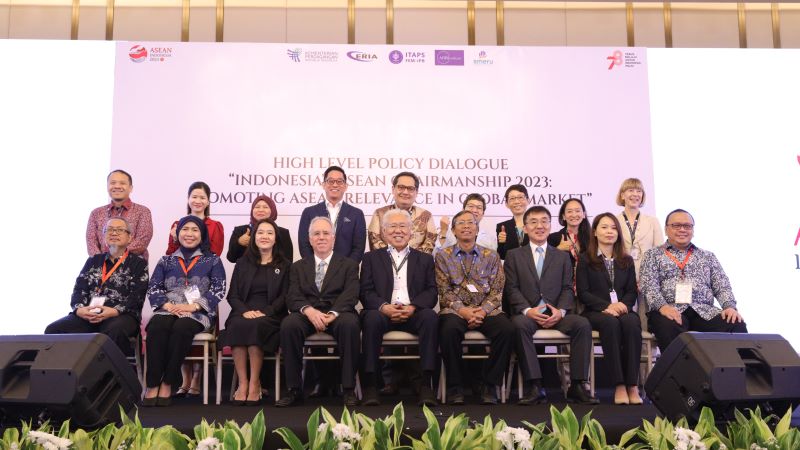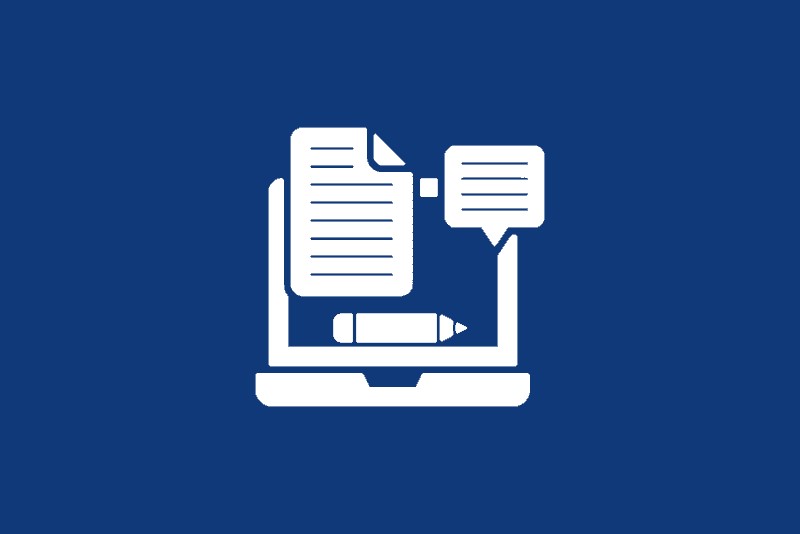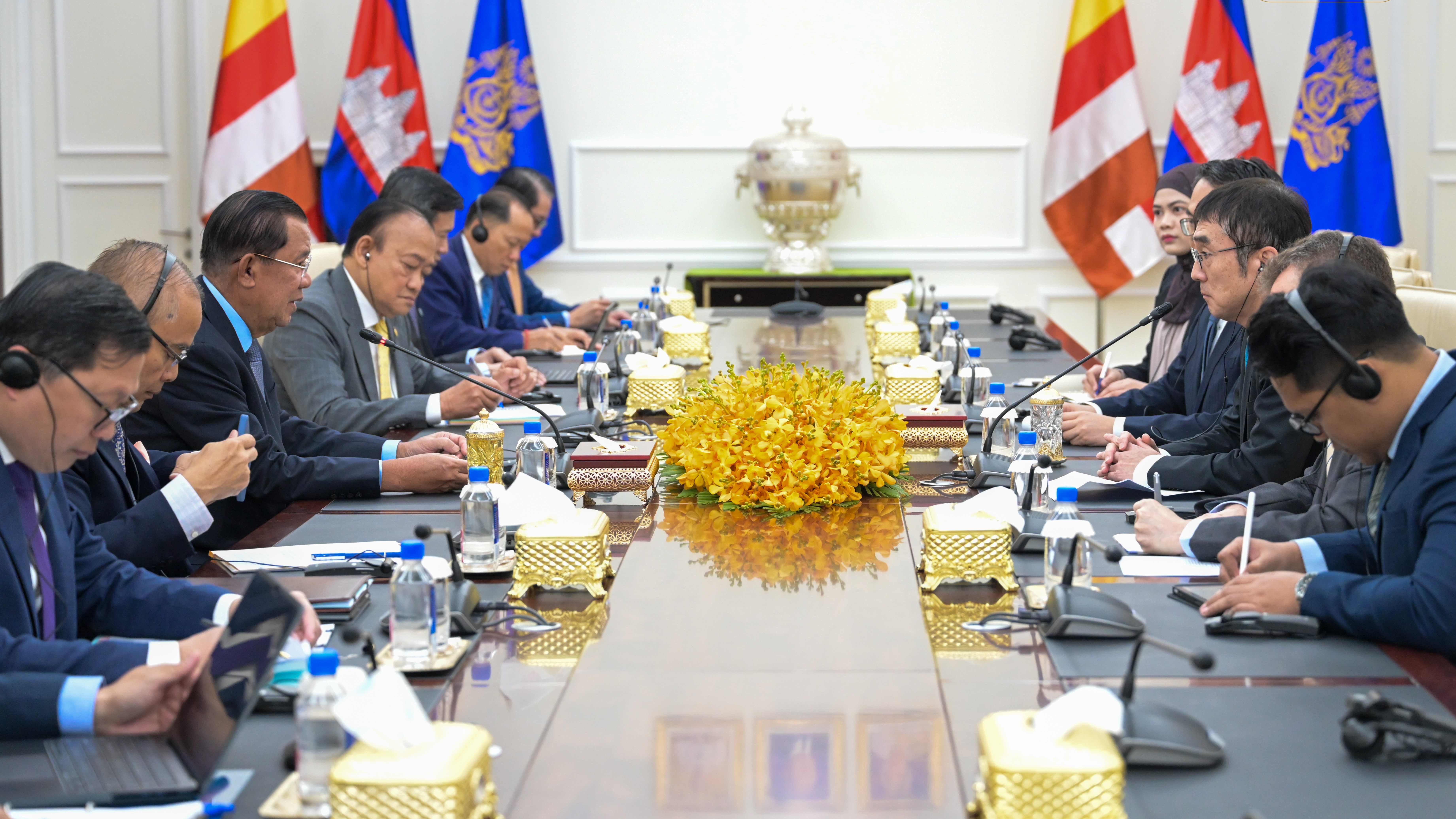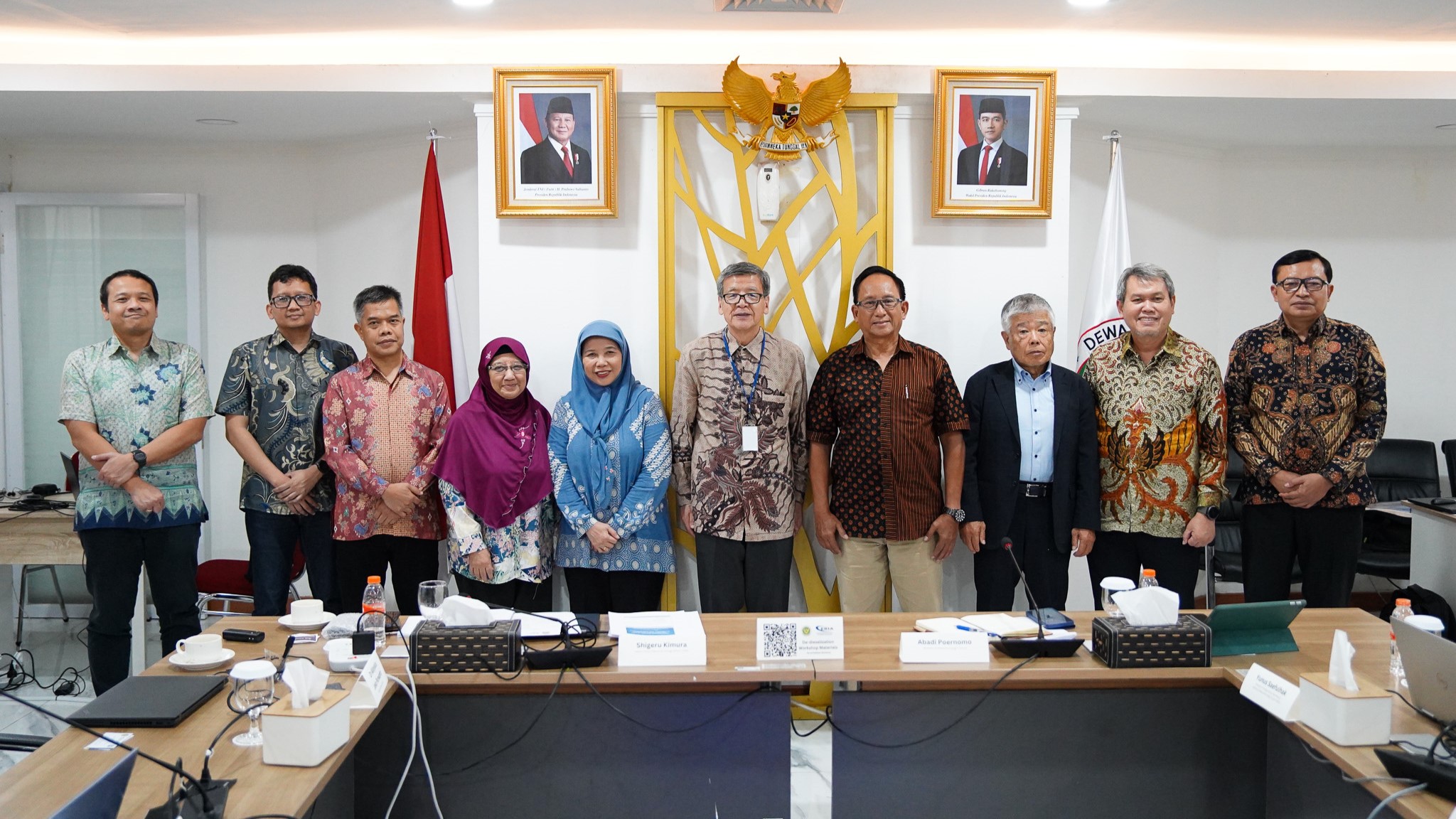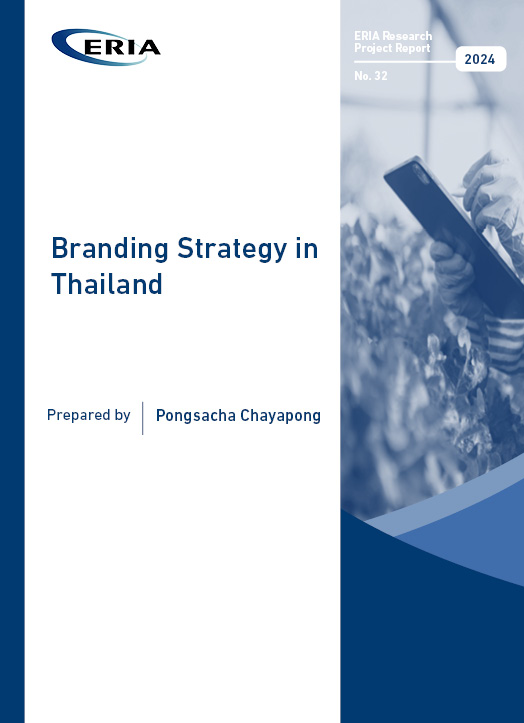ERIA Co-Hosts Dissemination Workshop on Green Hydrogen Production Pathways
Share Article:
Print Article:
Jakarta, 5 February 2025: ERIA, in collaboration with the National Energy Council of Indonesia (DEN), hosted a workshop called ‘Towards Green Hydrogen Production Pathways’ in Jakarta to support Indonesia’s energy security efforts.
Yunus Saefulhak, Head of the Bureau of Energy Policy at DEN, delivered the opening remarks, followed by a keynote speech by Agus Pramono of DEN. Mr Pramono emphasised green hydrogen’s role in improving energy accessibility and supporting Indonesia's 2060 net-zero emissions target.
Another keynote speaker, Dr Muhamad Alhaqurahman Isa from the Ministry of Energy and Mineral Resources, focused on the National Hydrogen Roadmap. He outlined three pillars of the strategy: reducing fossil fuel dependence, developing a domestic hydrogen market, and exporting hydrogen and its derivative products.
Pathways for Green Hydrogen Development
During the scene-setting session, Shigeru Kimura, Senior Policy Fellow on Energy Affairs at ERIA, discussed Indonesia's energy landscape under the Low-Carbon Energy Transition (LCET) scenario from the EAS Energy Outlook. He stressed the importance of green hydrogen, in decarbonising final energy consumption and power sectors. As requested by DEN, green hydrogen projects will focus on electrolysis-based production across major islands in Indonesia. The accompanying study will consider renewable energy potential, hydrogen demand and production on each island, hydrogen balance, supply chain networks, and supply costs.
Ms Suharyati, Coordinator of National Energy Planning at DEN, presented the renewable energy potential for green hydrogen production. She projected that Kalimantan would lead in green hydrogen electricity production by 2040, generating 53 Terawatt hours (TWh), with Papua expected to take the lead by 2050 with 123 TWh.
Sectoral Demand and Supply Analysis
Cecilya Malik (ASEAN Energy Expert) and Alloysius Joko Purwanto (Energy Economist at ERIA) analysed hydrogen demand across the power, industry, and transport sectors. Ms Malik estimated power-sector demand based on National Electricity Planning (RUKN) data. Her results indicated that the power sector will require 6.4 million tons of hydrogen in 2040 and 7.3 million tons in 2050.
Dr Purwanto assessed hydrogen demand in the industry and transport sectors. In industry, hydrogen is crucial for ammonia production, refineries, methanol, steel, and other chemical processes. Using a 'Frozen Scenario' model based on historical growth trends from 2015 to 2020, he projected stable hydrogen consumption, production, and supply chains. In transport, hydrogen was analysed as fuel for heavy-duty vehicles with two scenarios: a 10% share by 2050 and a more ambitious 20% share by 2050.
Dr Takeshi Miyasugi (Chiyoda U-Tech Co., Ltd.) calculated the hydrogen balance for each island based on RE potential and hydrogen demand. He proposed transporting surplus hydrogen from Papua to Java, the island with the highest shortage, using methylcyclohexane (MCH) as a carrier. Dr Miyasugi estimated the hydrogen selling price in Java to range from US$4.4 to US$6.3/kg-H2.
Key Takeaways and Recommendations
Closing the workshop, Shigeru Kimura of ERIA highlighted key findings, emphasising that while renewable electricity is the most effective use of green energy, any excess should be converted into hydrogen. However, current hydrogen production costs remain above the Japanese government’s target, raising concerns about whether green hydrogen alone can meet demand.
To address this, he recommended:
- Blue hydrogen as a complementary option to green hydrogen.
- Strengthening international cooperation to develop a hydrogen ecosystem in Indonesia.
The workshop concluded with closing remarks by Dr I Gusti Suarnaya Sidemen (ERIA).
This event was one of two dissemination workshops held on 5 February, aimed at supporting Indonesia’s net-zero emission target by 2060 while ensuring energy security.
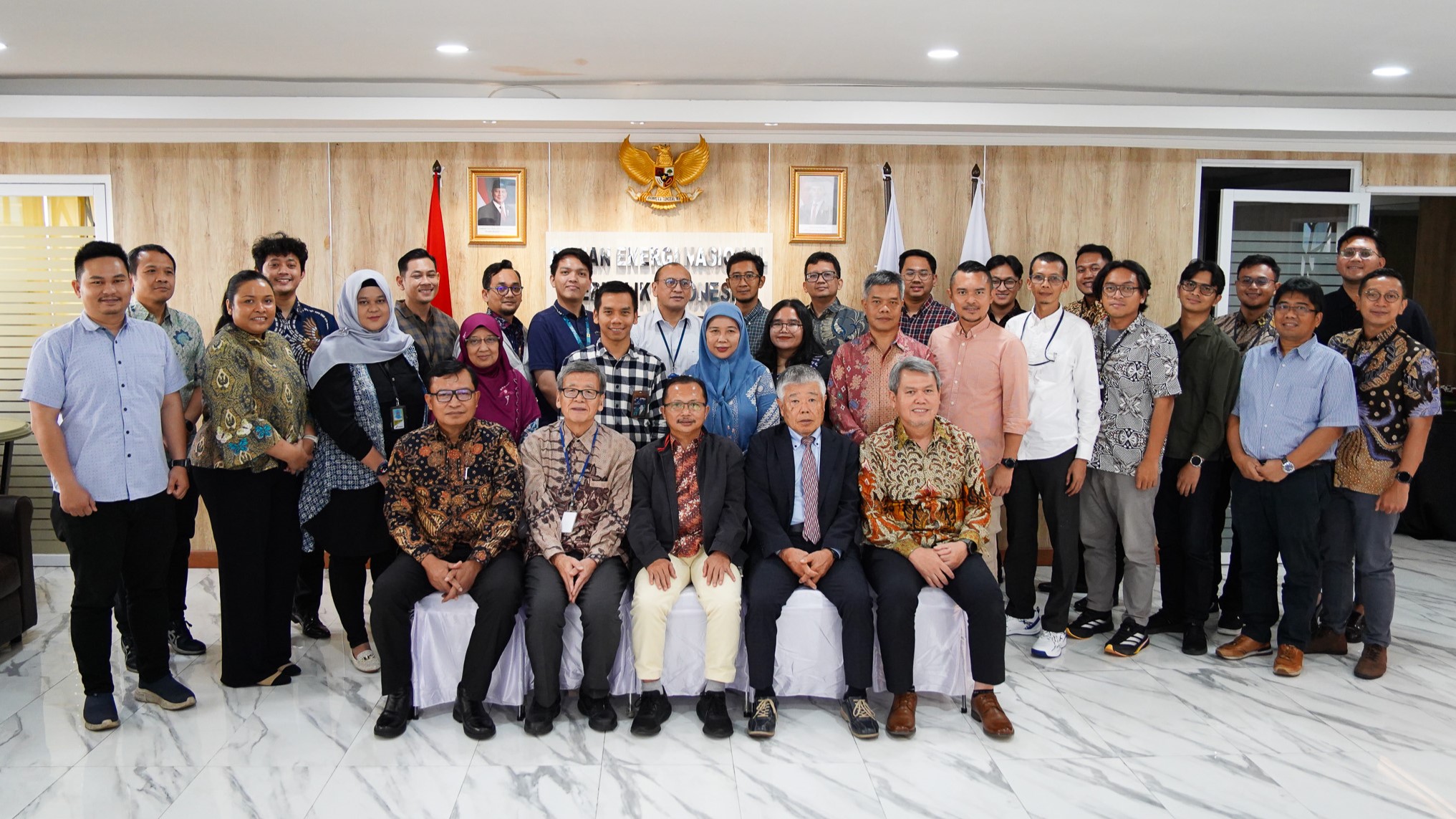
.jpg)
.jpg)
.jpg)
.jpg)
.jpg)
.jpg)
.jpg)
